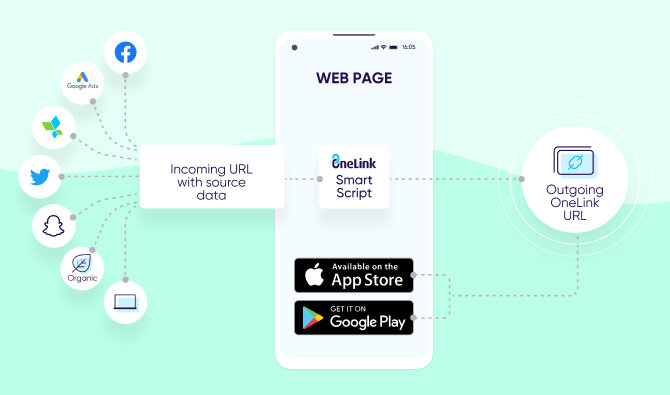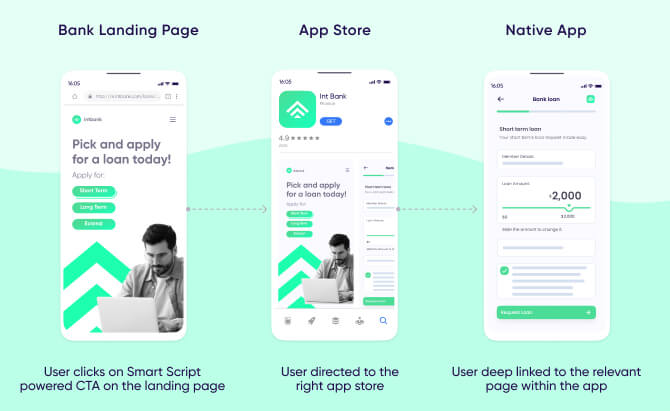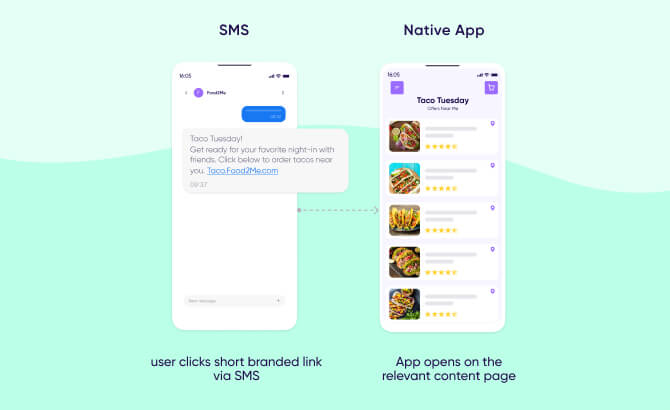
A growing focus on owned media paves the new digital sustainability direction

As we approach the end of 2022, we can safely say that this has been a rollercoaster of a year. Just as the world was emerging from a global pandemic, we were thrown into an era of global conflict, inflation, and a looming period of recession.
These external events have a knock-on effect on the advertising industry. We may have got used to operating in a state of near-constant uncertainty, but the current financial climate means our customers are significantly more careful with every dollar they spend. We’re having to dig even deeper to reach both loyal and prospective customers.
In our previous two articles: Overcoming a challenging holiday season through digital, and How digital sustainability can help drive more value during the holiday season, we looked at digital sustainability tactics specific to the holiday season— recognizing that Q4 is usually a period where we tend to put our financial issues aside for a while and enjoy ourselves.
In this article we’ll deal with the year ahead, focusing on what actions we can take today to make the most of 2023.
A great place to start is taking a look back into trends that have been evolving throughout the year.
One of these is the growing reliance on owned media, which includes any digital asset within an advertiser’s control— such as their website, mobile website, native app, social pages, or email lists. In other words, it’s any media you don’t have to pay for.
Owned media reliance on the rise
Over the past year or two, we’ve seen an increasing reliance on owned media assets among advertisers: across the AppsFlyer ecosystem, it’s up an incredible 174% in 12 months. Growing financial uncertainty has made companies less willing to “spend big”, and many are tightening their belts to see them through the challenges ahead.
Capitalizing on your owned media is nothing new, as it makes a lot of financial sense. Any good marketer knows that spending less and gaining more value is one of the main KPIs for a successful marketing initiative.
However, when times are good we tend to make use of abundant marketing budgets, rather than existing marketing assets. With the tide slowly shifting over the past year, these budgets have become increasingly squeezed, forcing marketers to identify creative opportunities and do more with very little.
This is where a digital sustainability mindset goes a long way, allowing you to adopt a clear vision of your existing digital assets and owned media offering, and then analyze how they can deliver more value with relatively small adaptations.
Let’s look at two simple but highly rewarding tactics you can implement right now across your owned media to get 2023 started on the right foot.
Make your mobile website smarter
Your mobile web page is often the place where your current and prospective customers first arrive to learn more about your offering. So, make sure it’s working for you and delivering a positive experience for your customers.
Users can arrive at your webpage from any type of source URLs (from email, text messages, social media, to search ads). These URLs contain valuable information that can help you better understand the journey they took to reach you, in other words, which campaign, source or ad they engaged with. It’s important to pass that information to AppsFlyer through the OneLink URL as it can be used for correct attribution, deep linking and reporting.

OneLink Smart Script: smoother journeys, happier customers
The OneLink Smart Script is a simple-to-implement script that can help you migrate mobile web users to your app, opening the door to better customer relationships. Using deep linking technology, it enables you to create contextual, personalized journeys that take your customers right where they want to go.
For example:

The Smart Script converts and attributes mobile website visitors, coming from any source, into mobile app users.
It dynamically generates outgoing URLs based on incoming URLs that lead to the mobile web page. And it automatically adds parameters to outgoing links, helping you capture any media source and parameters for attribution, deep linking, and reporting.
This simple-to-implement script can help you migrate mobile web users to your app, opening a door to a better relationship with your customers through:
- Deeper measurements and insights only available through your app
- Improved conversion rates for services and products (~ 27% on average)
- Customer loyalty increase
- Creating a more personalized shopping experience
It works away behind the scenes to enable you to create a more personalized shopping experience, leading to improved conversion rates and increased customer loyalty.
You’ll also benefit from deeper, more valuable insights and measurement. Understanding where your installs originated, attributing them to the right sources and accurately measuring their events adds an additional, much-needed layer of data to help you drive more value from your webpages.
Re-engage, re-market, refine
In terms of owned media assets, your customer contact information is perhaps the most important piece of the puzzle.
Your loyal customers are the bread and butter of any marketing initiative. This means the points at which you choose to re-engage with them should be calculated, measured, and above all, personalized.
Whether we approach customers via email or text message, our goal is to make sure their next steps are as contextual and personalized as possible.
For example, cart abandonment emails are a great way to trigger a shopping process that was stopped for an unknown reason.
However, if users go through a grueling, non-personalized experience the effect may even be worse: a recent study found that around 58% of consumers abandon their shopping process due to log-in frustrations .
Connecting your email’s call to action (CTA) to a deep link that takes your customers directly to the in-app page they’re looking for (a specific promotion or special deal, for instance), rather than a mobile website or the app’s home page, will create an immersive, fluent, and contextual process that takes users from A to B with no extra fuss.
The same applies to personalized text messages. It’s worth bearing in mind that a text message push notification can often be perceived as more “intrusive” than an email, so it’s important to consider the context and frequency when using this channel. It’s most effective for promoting time-sensitive deals or offers.

In terms of contextual journeys, again, we want to make sure every point in the customer journey is contextual and immersive. Including a short, branded link in your text message is the first step to achieving that, helping to build trust.
This link should take users directly to the desired page within the app, where they’ll find timely, relevant messages and deals.
Getting these details right can make the difference between an intrusive customer experience and a successful remarketing campaign, that will also help you solidify your return on experience (ROX).
With world economies showing few signs of festive cheer, many of us will be looking to recession-proof our business by doing more with less. Making your existing assets work smarter could be the key to marketing success in 2023 and beyond.
Key takeaways
- With 2023 right around the corner, and budgets increasingly squeezed, we should already be putting plans in place around our marketing goals, strategies and desired impact.
- Owned media should be at the heart of the discussion, as a cost-effective way to connect with customers. Digital sustainability is a key factor in capitalizing on these assets and ramping up your return on experience rates.
- Customer experiences and engagement points with our products should be the foundation on which we base all our other initiatives: they need to be contextual, immersive and personalized.




